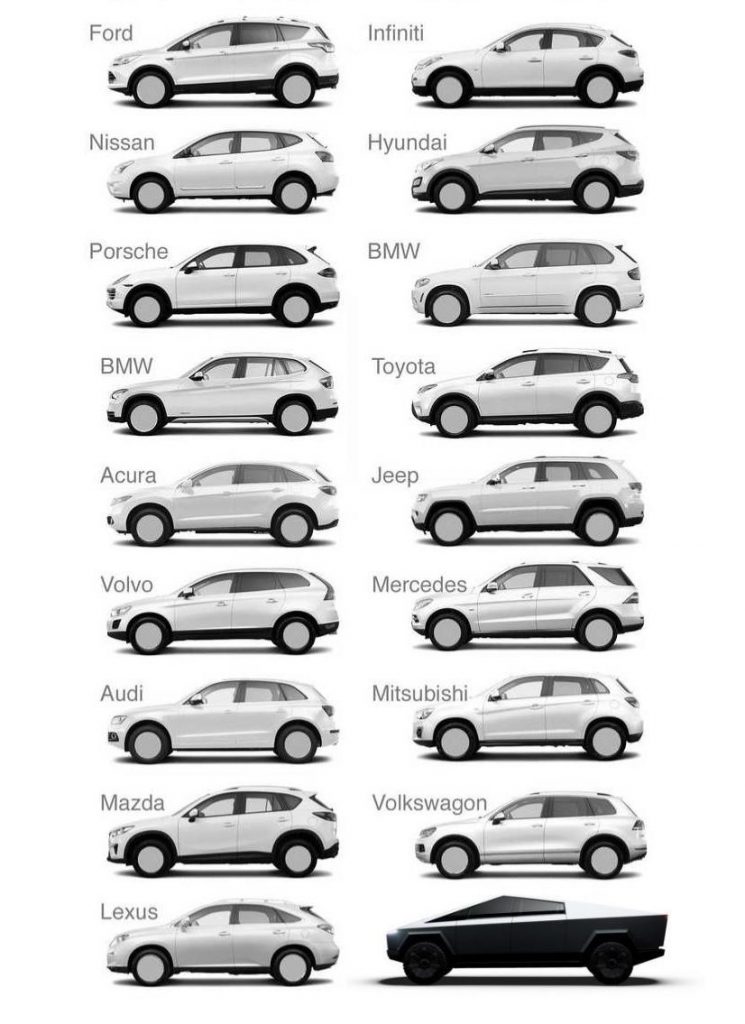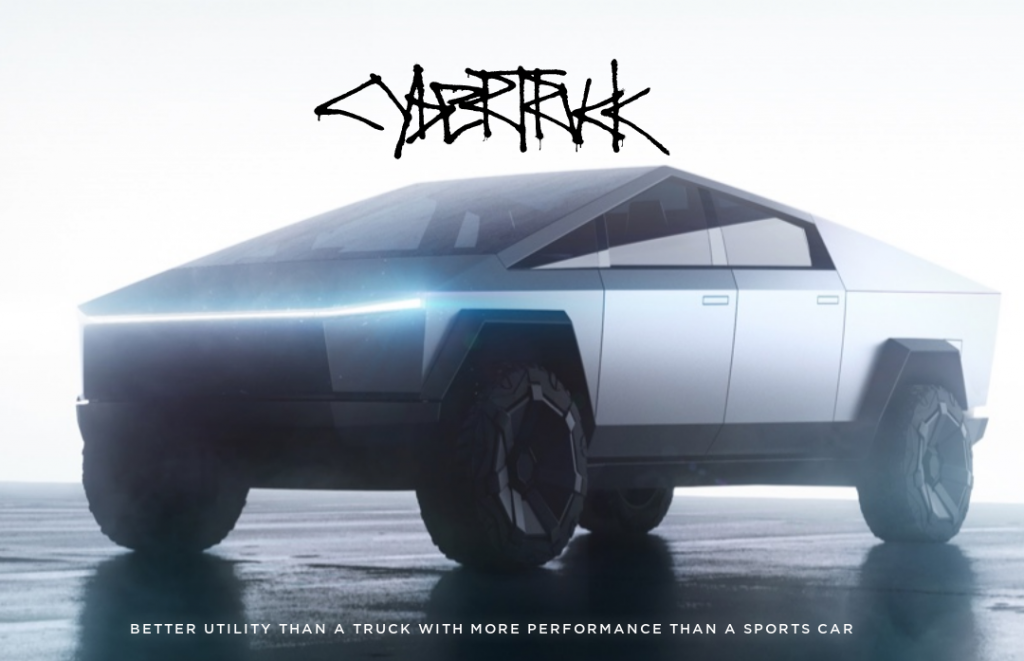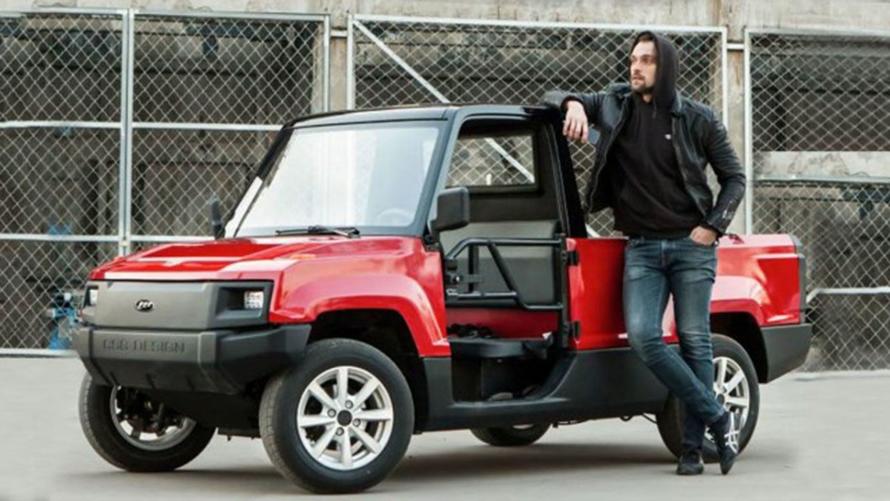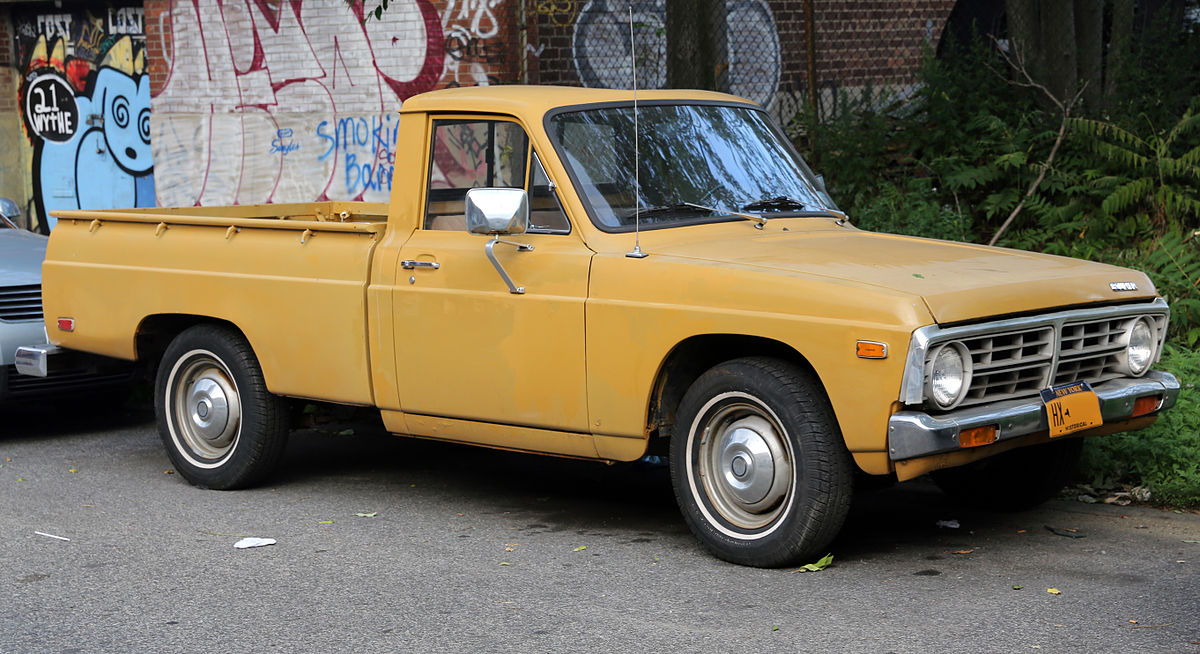
There has been a lot of media content produced about the Tesla Cybertruck. Here are some comments.
- Alasdair McLellan noted that the window damage to the Cybertruck was, if not deliberate, at least expected. How else could Musk ensure that every newspaper, magazine, blog and any other source on or off the web, publish a photo of the Cybertruck, so that everyone in the universe knows what a Cybertruck looks like?
- Adrián Esper Cárdenas, Mayor of Ciudad Valles, San Luis Potosí, Mexico, saw the electric truck as having great potential as a local police and municipal vehicle. He reserved 15 Tesla Cybertrucks!
- Mike Gastin described the Cybertruck as a branding masterstroke. At 6:05 into the video he says (and writes) that Tesla is Delivering the Future – Today!
- Robert Llewellyn’s recent edition of Fully Charged News is full of the usual rants, this time about the Cybertruck as well as the Mustang Mach-E.
- Jameson Dow, writing in Electrek, is claiming that the Cybertruck is popular in markets where other Tesla products have failed to capture interest. “The Tesla Cybertruck is the first time we’ve gotten a chance to compare data between a sedan launch and a pickup launch from the same company. And it turns out that, despite Tesla’s brand appeal on the coasts, the Cybertruck is breaking new ground and doing quite well in the “heartland” – where pickup trucks are traditionally more popular than sedans.”
- Here is a reference to Matt Ferrell’s Undecided, who asks: Why do we hate something viscerally at first, and then come to love it a little while later?
- There are even more details at Design Prototype Test. It provides some engineering concepts missing in other sources, but there are also misunderstandings. For example, EVs do not have engines, they have motors.
A major challenge with many YouTube videos/ channels is that they are one-person operations, without sufficient quality control. Rants are very easy and cheap to produce. Quality, fact-based information is a little more difficult and expensive to produce. They also requires thought, in addition to emotion.







